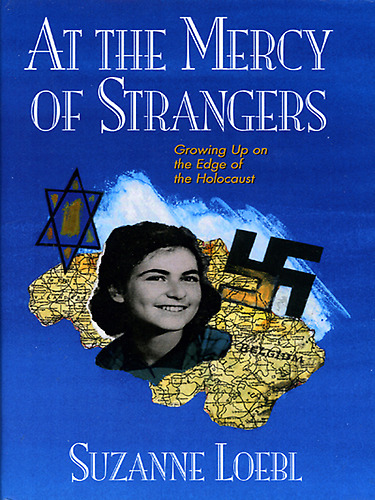Hi guys. Sorry for my long silence. Eight weeks ago, Dr. Morteza Meftah, an orthopedic surgeon at New York University’s Orthopedic Hospital, implanted my new hip. My body is still getting used to the repair. The new hip replaced an earlier “new” hip that was inserted by Dr. Chitran Ranawat 38 years ago. My first replacement took place when this marvelous operation was in its infancy. Then, as science editor of the Arthritis Foundation, I had eagerly followed its development by Britain’s John Charnley, MD. I may actually have been the first journalist to write about it for the general public.
John Charnley started out as a general physician. He volunteered for the Royal Medical Corps on May 1, 1940, just in time to assist in the rescue of British troops from continental Europe at Dunkirk in 1940. After serving in Egypt during the war, he moved to an orthopedic hospital in Britain and eventually specialized in orthopedics. In the 1950s, he obtained funding to establish a biomechanical hip center at Wrightington Hospital in Lancashire. Osteoarthritic patients with deteriorating hip joints became his main concern.
To begin with, Charnley studied the lubrication of the hip joint. Gradually the slip properties of bone, metal, and the newly discovered manmade plastic compounds captured his attention. Charnley established a close relationship with Charles F. Thackray, who headed a small engineering company. Together the two designed the components of a two-part implantable hip. The first component was a long, curved stem that fit into the hollow canal of the femur. The stem ended in a ball shaped like the head of the femur. The other component resembled a cup, the acetabulum, in which the head of the femur rotates. The cup was made of or lined with plastic. At first Charnley used Teflon, which wore out too quickly, then he switched to ultra-high-molecular-weight polyethylene (UHMWPE).
Charnley’s genius and determination was one of medicine’s major victories over disease. In addition to medical pioneers like him, I am grateful to the intrepid patients who agreed to try out this untested surgery. Indeed, many early patients had to put up with hips that failed after a year because the plastic wore out. Today, total hip replacement may very well be the world’s most frequent surgery. According to various data, almost half a million hip replacements are performed in the United States annually.
A hip destroyed by arthritis, broken during a fall, or otherwise damaged is excruciatingly painful and debilitating. My hip started giving out when I was fifty and, unless repaired, I would have been tethered to a wheelchair long ago. In 1984, Dr. Ranawat replaced it and predicted that my new hip would last ten years; it well surpassed that estimate, lasting me almost four decades. Noting its durability, I had hoped that “we” would depart this world together. Last summer, however, the hip simply disintegrated. By then my height had shrunk from 5’4” to 5’1”. I limped and hurt. Unfortunately, as is the case with so much outdated equipment in our modern world, no replacement parts for my old hip were available! Luckily I found Dr. Meftah, who happened to have trained with Dr. Ranawat.
It was courageous for Dr. Meftah to take on an overaged patient like me, especially since the bones that usually form the hip joint had deteriorated. The surgeon did not know exactly what he would find once he cut me open, so he and his bioengineers designed two implants for different possibilities. The first assumed that the part that Dr. Ranawat had cemented into the femur would be loose, and could be lifted out. Fortunately, that plan worked and I got a brand-new prosthesis. Dr. Meftah used 17 screws to fasten the new acetabulum to the pelvic bone.
It was a big surgery. During the operation Dr. Meftah was assisted by a trauma surgeon and other experts, and they managed to complete the surgery in three hours. It was done under spinal anesthesia, which spared my aging brain. Following current practice, I stood on my new hip the day after surgery. I spent five days in the hospital and another ten at Rusk Rehabilitation. To begin with, walking was excruciating painful, but surprisingly the overall pain that had increasingly impinged on my joie de vivre had disappeared.
Eight weeks after surgery I am still ambulating with a rollator, but making progress. Able hands allow me to take care of myself and live alone. I sit here at my computer talking to you, my good friends, and next week I may be able to go out, catching the end of spring. Viva, my little poodle, came home, and the two of us are looking forward to Maine.














